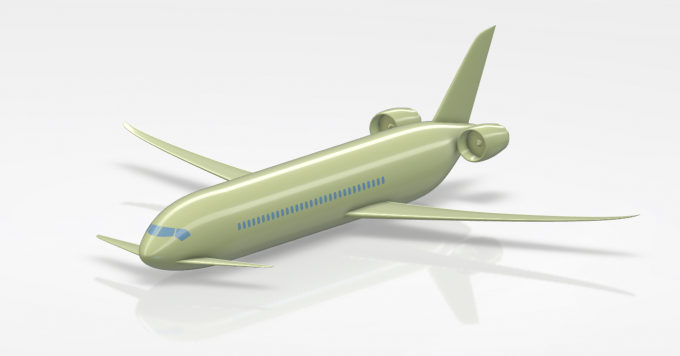Air cargo capacity squeeze could linger 'until the end of the decade'
Air cargo’s capacity shortage “will not be resolved any time soon”, and could linger “until ...

The UK government-funded FlyZero project is eyeing hydrogen as the main driver of carbon-neutral passenger flight, but it is likely there will be some unhappy implications for belly freight, one of the main revenue streams for carriers.
The concept aircraft, a midsize hydrogen-powered jet, was revealed ...
Four crew members still missing as Wan Hai 503 continues to burn
Explosions and 'out-of-control' fire reported on Wan Hai box ship
Predatory rivals circle as the ripples from DSV's Schenker buy widen
MSC Elsa crew face criminal probe, as Wan Hai 503 firefighters battle on
'It's driving us mad', say forwarders as US court fails to end tariff turmoil
Transpacific rates ease as capacity boost proves too much for trades to digest
European port congestion easing – for now
Latest Israeli attack on Iran a threat to box ships in Straits of Hormuz
CMA CGM 'testing the water' of the Suez Canal for more services
Flexport: Sanne Manders talks profitability, fire-sales and Dave Clark
More legal trouble in India for MSC: feeder vessel detained after box ship disasters
DSV insiders hit back at Kuehne & DHL GF – got a 'pro integration' going
MSC to hold 15% global container terminal market share after Hutch buy
EXCLUSIVE: Schenker top exec departs 'One DSV' – fishing continues (Part 1)
DHL makes €500m bid to increase its presence in 'fast-growing Gulf markets'
EXCLUSIVE: The good old DSV, 'Winning as One' – all Schenker top dogs out (Part 2)

Comment on this article